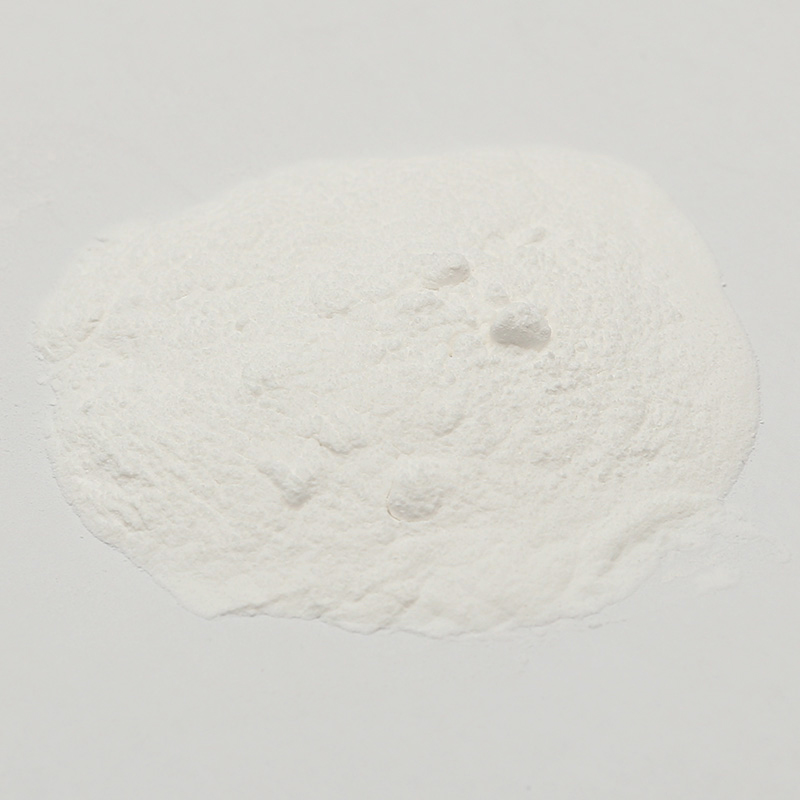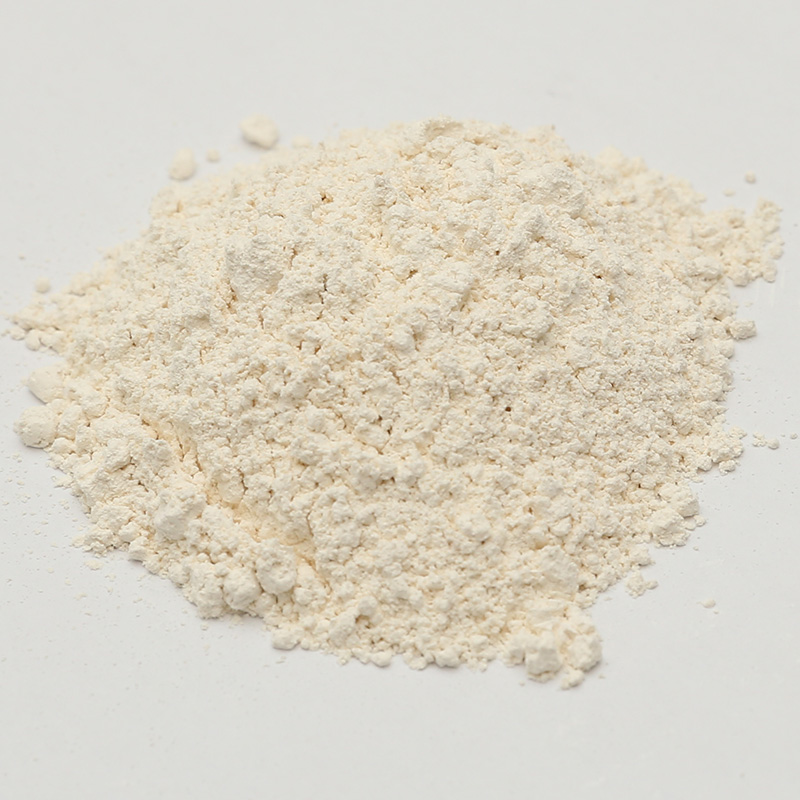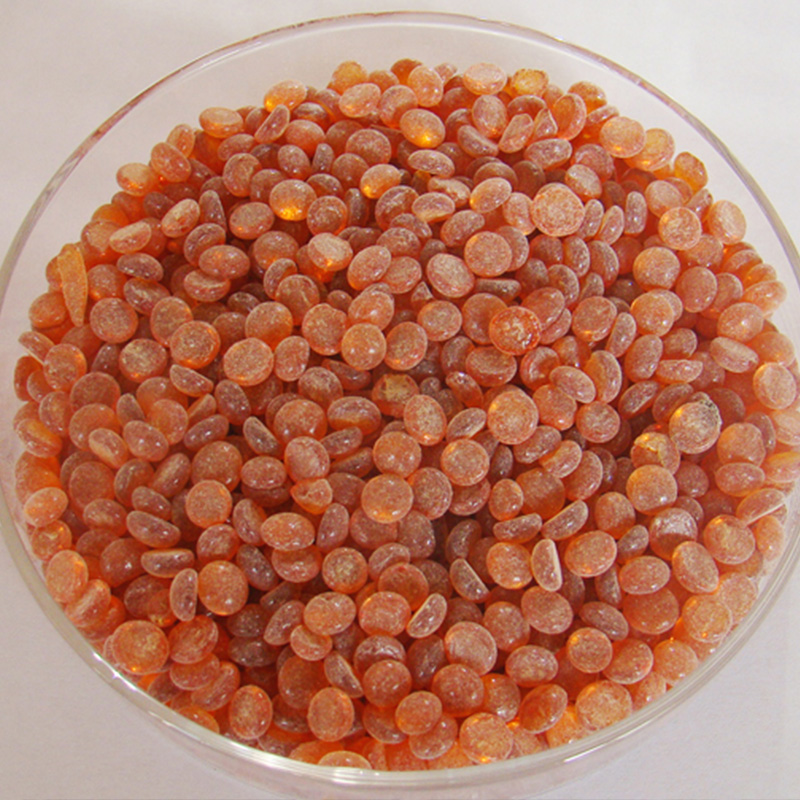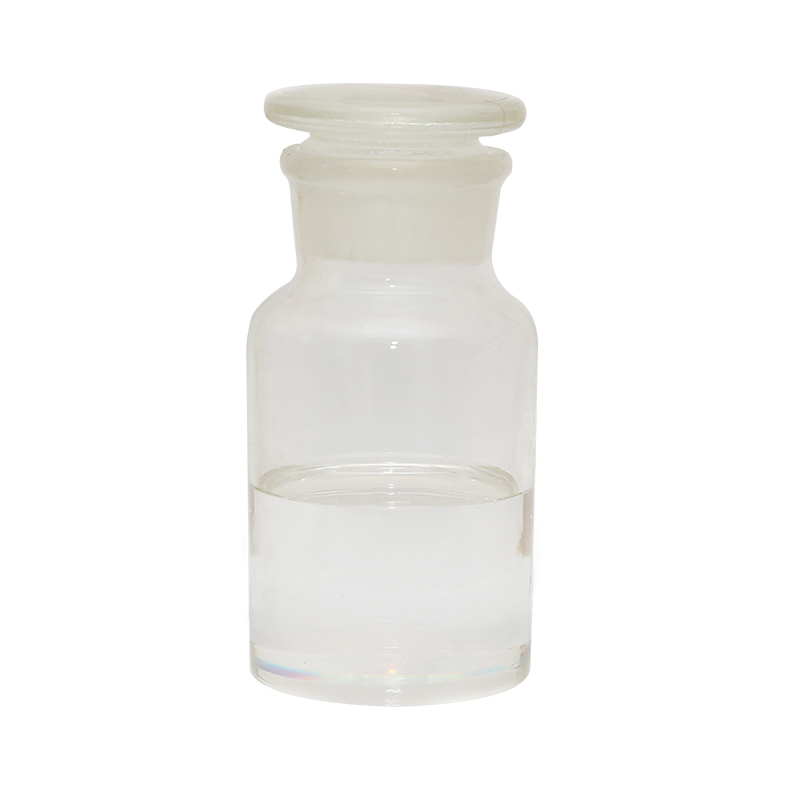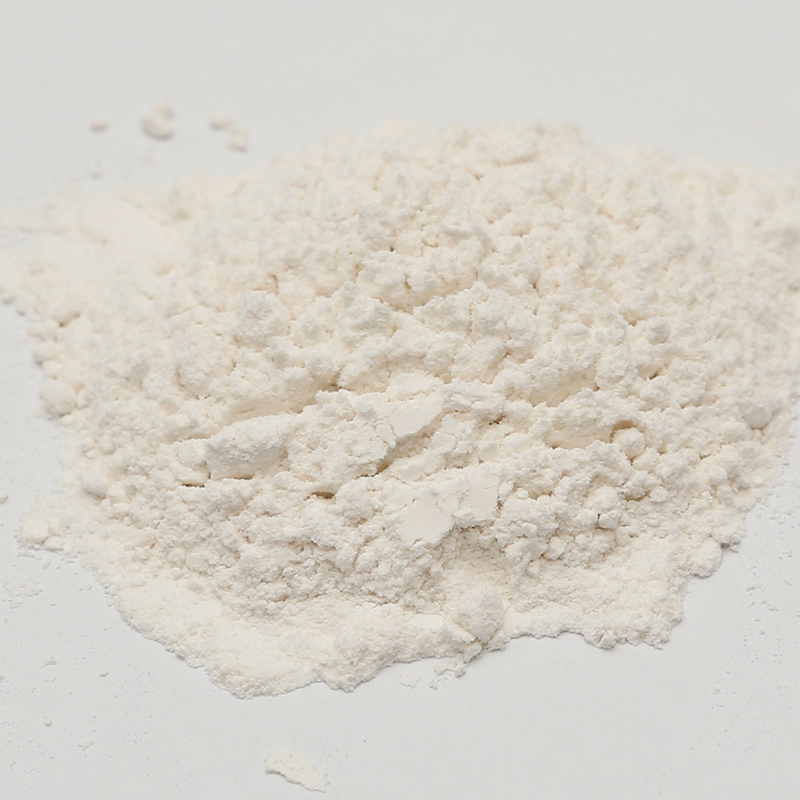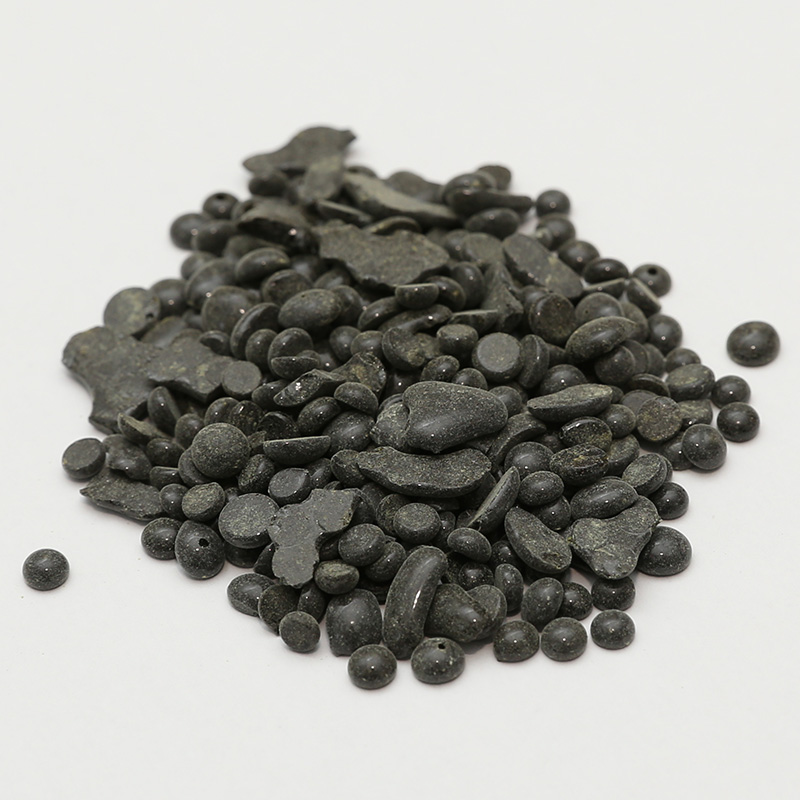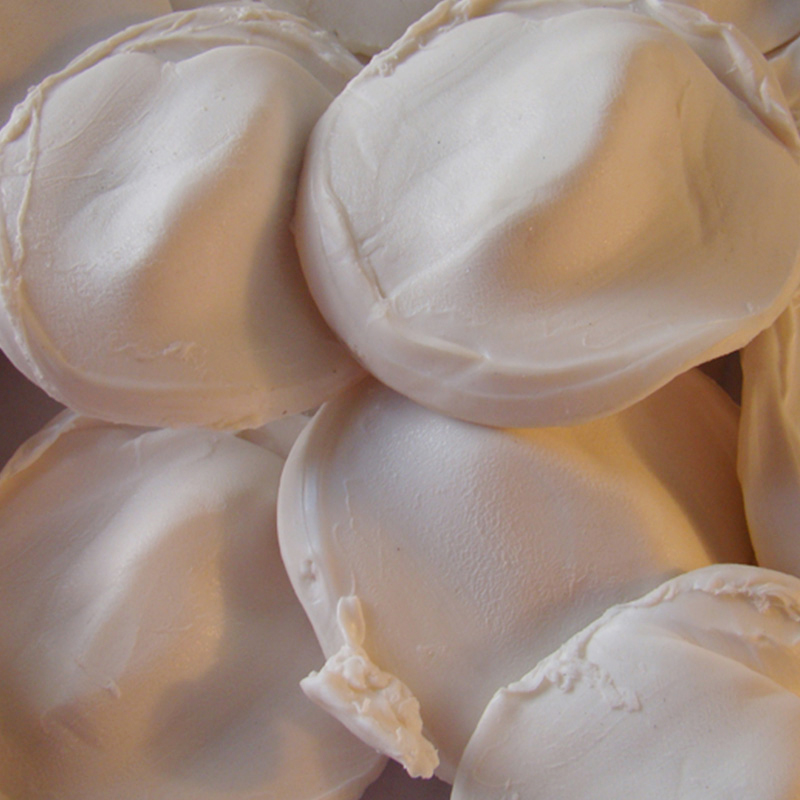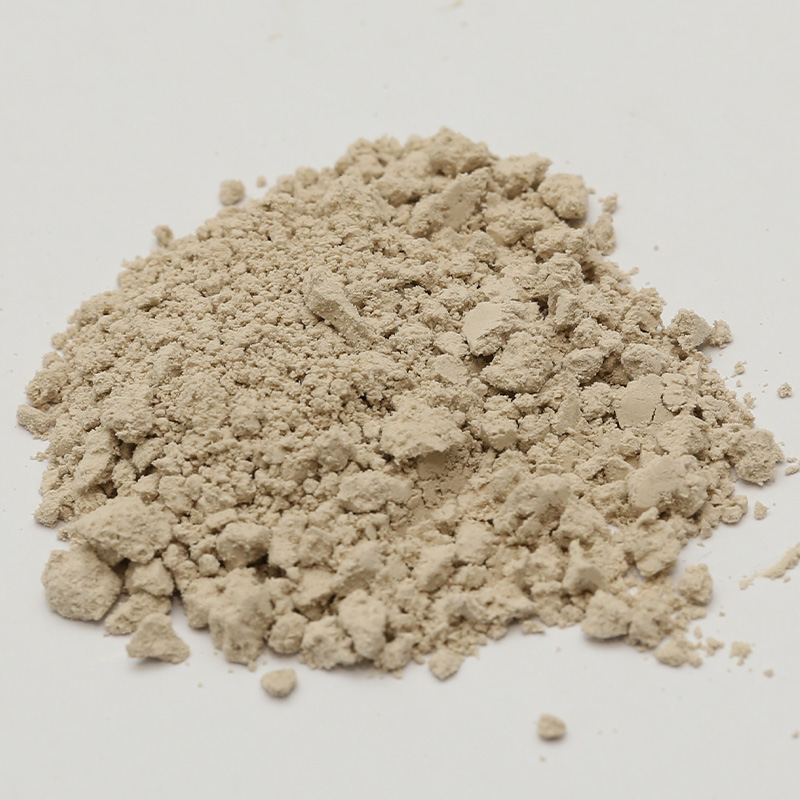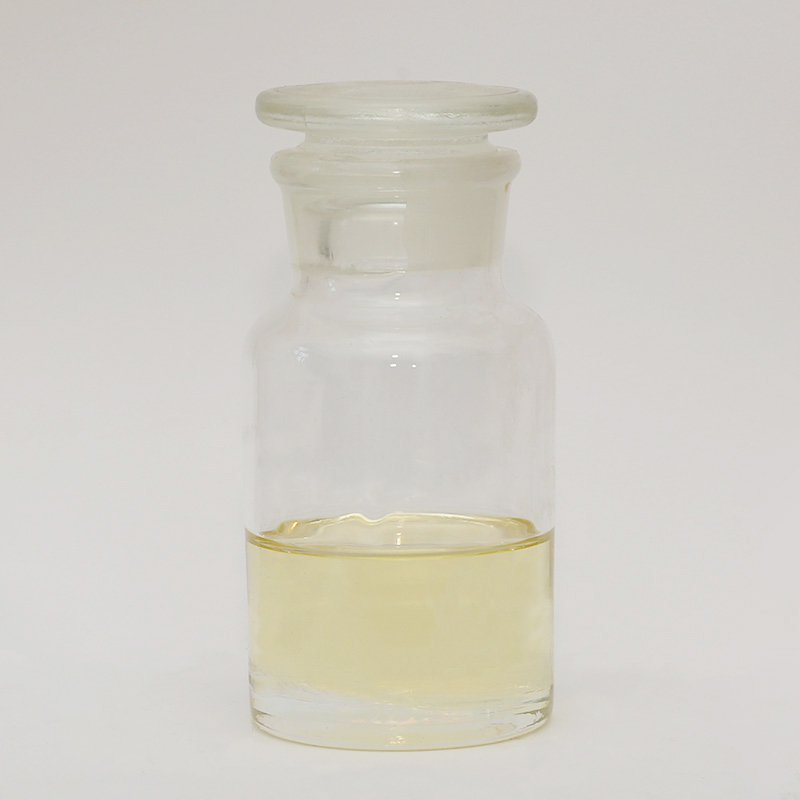Significance of Curing in Adhesive Performance
Curing is a critical stage in the use of adhesives, as it directly determines the final bond strength and durability. Rubber Adhesive Agent, commonly used in industrial and consumer applications, relies on proper curing to achieve suitable adhesion between surfaces. Inadequate or excessive curing can compromise the bond, causing product failures or performance issues. Understanding how curing time and environmental factors influence adhesive performance is essential for manufacturers and engineers aiming to ensure consistent quality and reliability in bonded assemblies.
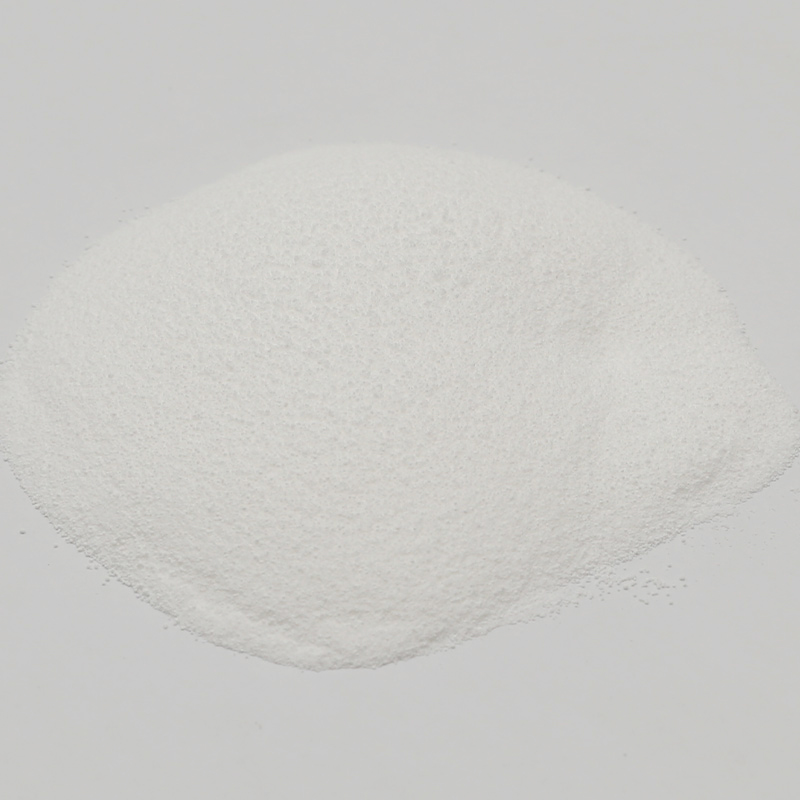
Influence of Curing Time
Curing time is a measure of how long an adhesive requires to achieve its final mechanical properties. For Rubber Adhesive Agent, insufficient curing results in incomplete cross-linking, reducing cohesive strength and making the bond prone to peeling or deformation under stress. Conversely, excessively long curing times can sometimes cause the adhesive to over-harden or lose flexibility, especially if exposed to fluctuating environmental conditions. Determining the suitable curing window for each formulation is crucial. Laboratory testing and controlled trials allow manufacturers to establish the precise time required to balance strength, flexibility, and durability for specific applications.
Environmental Temperature Effects
Temperature is a major environmental factor affecting curing. Higher temperatures generally accelerate the chemical reactions responsible for cross-linking, reducing the curing time needed to achieve full bond strength. However, excessively high temperatures may cause premature surface drying or degradation of the adhesive, causing weak or uneven bonds. Lower temperatures, on the other hand, slow the curing process, extending the time required for the adhesive to reach its full mechanical properties. Environmental control during curing, such as using temperature-regulated ovens or controlled chambers, helps maintain consistency and ensures that the Rubber Adhesive Agent performs reliably.
Impact of Humidity and Moisture
Moisture content in the environment can also significantly influence the curing process and final bond strength. Some adhesives are moisture-sensitive, with high humidity accelerating or hindering the chemical reactions needed for proper curing. Excessive moisture may prevent full adhesion or introduce voids and weak spots within the bond. Conversely, very low humidity can slow curing, especially for water-reactive adhesive formulations. Monitoring and controlling environmental humidity during application and curing is therefore critical for achieving consistent and durable bonds.
Surface and Substrate Considerations
The nature of the surfaces being bonded interacts with curing conditions to determine final performance. Porous or rough surfaces may absorb part of the adhesive or allow air pockets, affecting the curing process and bond uniformity. Smooth or non-porous substrates may require additional surface treatment to ensure full wetting and proper cross-linking. In all cases, curing time and environmental factors must be tailored to the specific combination of adhesive and substrate to achieve suitable results.
Curing time and environmental conditions are pivotal factors that directly affect the performance of the Rubber Adhesive Agent. Adequate curing ensures strong and durable bonds, while improper conditions can compromise adhesion, flexibility, and product reliability. By carefully managing time, temperature, humidity, and substrate preparation, manufacturers can optimize adhesive performance, maintain consistency, and achieve long-term durability in diverse applications. Understanding these influences is fundamental for high-quality production and reliable product performance.



 English
English Português
Português Español
Español русский
русский 中文简体
中文简体